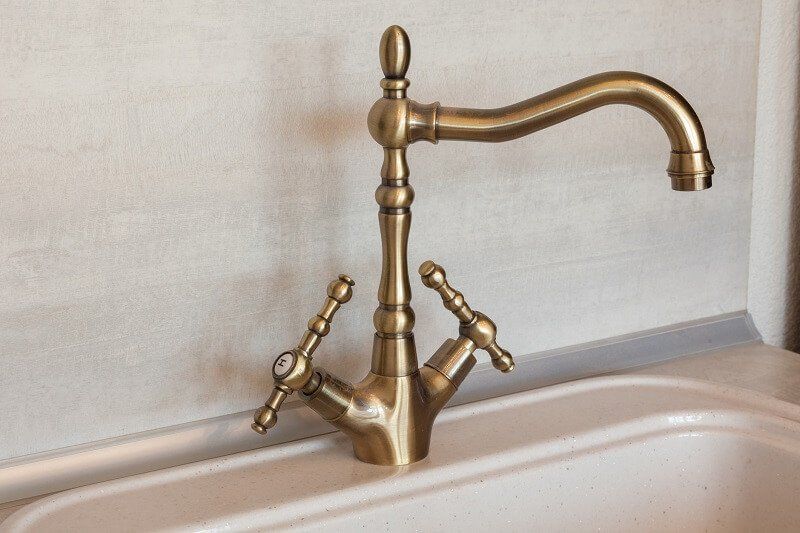Importance of Ventilation and Reducing Humidity Indoor to Prevent Mold on Surfaces
Importance of Ventilation and Reducing Humidity Indoor to Prevent Mold on Surfaces

Everyone hates molds. Be it in our homes, workplace, or any other place that we go to, the sight of molds brings disgust that we just want to get rid of them right away. But more than being an eyesore, the harm molds pose to our health cannot be set aside. Mold removal is a must as soon as mold growth is detected in any part of a house or building. In this blog, we will talk about how to best stop molds from building up.
What are molds?
Molds are microscopic organisms that belong to the Fungi kingdom. A part of the natural environment, molds play an important role in the ecosystem. They help supply food and nutrients to organisms of other kingdoms. They are the decomposers and recyclers in which, without them, the food web will be incomplete.
There are many different types of molds but the most common that are found indoors are:
- Aspergillus – grows in air-conditioning systems and on food, this type of mold is fairly allergenic.
- Cladosporium – commonly found on painted surfaces, at the back of toilets, and on fiberglass air ducts. This type appears to be a green or black substance.
- Stachybotrys Atra – grows on high cellulose materials like paper, fiberboard, and gypsum board. It is also known as the “black mold” or “toxic mold”.
What causes mold growth? Molds can grow on surfaces where the following conditions are present:
- Oxygen: Because molds are living organisms, they need oxygen in order to survive.
- Water: Molds grow and spread on water. They thrive on moisture. Condensation, high humidity, flooding, and water leaks all provide moisture that can cause mold buildup.
- Temperature: Molds grow between 77° F and 86° F. Within this temperature range, their growth is faster if the air is humid.
- Food: Molds grow on cellulose because they eat the sugar and starch from it. But this does not mean that molds do not grow on non-cellulose materials. They also grow on concrete, metal, or plastic whenever a food source is available on the surface of the material.
Are molds health hazards?
While molds are needed outdoors, having them indoors can cause a threat to human health. Going back to the most common type of mold that can be found indoors, Aspergillus is fairly allergenic; Cladosporium, although non-toxic, can set off common allergy symptoms like rashes, red and watery eyes, and sore throat; and the toxic Stachybotrys Atra is believed to be the type that causes mold poisoning or mycotoxicosis.
Mycotoxins, the cause of mycotoxicosis, are the toxic substances that some fungi genera produce. Aside from causing mold poisoning, exposure to mycotoxins can lead to more serious health concerns such as cancer and immune deficiency.
Although not all molds are toxic, long-term exposure to them is unhealthy for people. Infants, children, elderlies, and those with pre-existing health conditions are the ones who are more at risk of developing symptoms of mold exposure.
Overall, people who have existing allergies are more sensitive to mold. Those with existing respiratory conditions will experience worsen lung problems upon exposure to the substances that molds produce. And people whose immune systems are weak are prone to getting fungal infections.
How does proper ventilation prevent molds?
In any environment, proper ventilation is vital. If the ventilation is good, clean air goes inside buildings and houses that air keeps moving. And with the circulation of clean air indoors, viruses, as well as allergens stop spreading.
On the opposite, poor ventilation promotes the growth of molds. So, in case you’re not sure, you will know poor ventilation when you see any of these signs:
- Heat build-up that does not go away.
- Strong odors that do not go away.
- Molds start appearing and growing on walls, wood, or even fabric surfaces.
- The floor and/or wall tiles and grout have discoloration.
- The glass windows and shower doors look cloudy.
- Metal pipes show early signs of rust staining.
As soon as you see those signs either in your home or office, it is best to fix what causes them. Most of the time, not enough vents or obstructed vents decrease the airflow. Sometimes, just opening windows and doors are all that is needed to have good indoor air circulation.
Good ventilation can help prevent molds by drying up wet areas fast and reducing moisture indoors.
How does reduced indoor humidity prevent molds?
As mentioned earlier in this article, molds thrive on humid surfaces. It is therefore obvious that reducing the humidity indoors can help prevent mold growth.
To ultimately prevent the growth of molds, indoor relative humidity needs to be kept between 30 to 50 percent if possible or below 60 percent at most.
The following are ways to decrease indoor humidity:
- Opening windows
- Using exhaust fans
- Using air conditioners
- Using dehumidifiers
- Using charcoal briquettes to absorb moisture
- Not putting in too many indoor plants
- Drying laundry outside
- Fixing leaky pipes
- Keeping gutters clean
- Taking cooler showers
Keeping humidity down not only prevents molds from growing and spreading but can also save the materials they are growing in from getting destroyed. And most importantly, people’s health will not be put at risk from the harm that molds can bring to anyone.
When to call a mold removal specialist?
Sometimes, even if we do everything to keep our homes and offices or buildings clean, molds just find opportunities to grow. And when not being acted upon soon, there might be a need to seek assistance with mold removal.
The following situations call for the help of a mold remediation specialist:
The mold is evident with plain sight.
- The mold is noticeable with the sense of smell.
- Indoor humidity is very high.
- There is water damage that was not detected for a while.
- The mold keeps coming back.
Prevention is key in avoiding molds. But if molds are already spreading and we can no longer solve the problem on our own, it is best to let the experts handle and solve the problem. When all is clear, we will have the chance to maintain good ventilation and reduced indoor humidity to prevent molds from growing and spreading again.
-
Popular Cities
-
Popular Category










